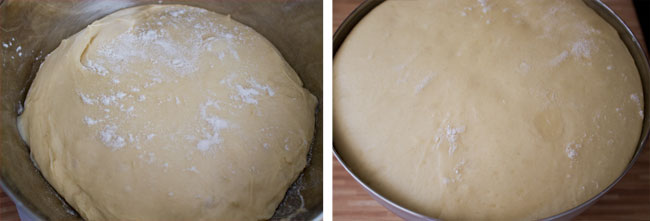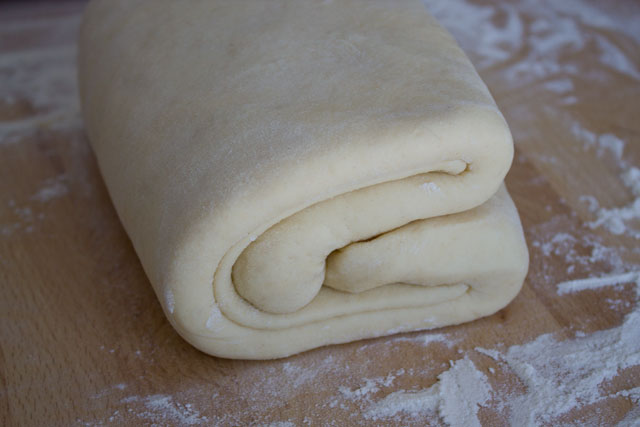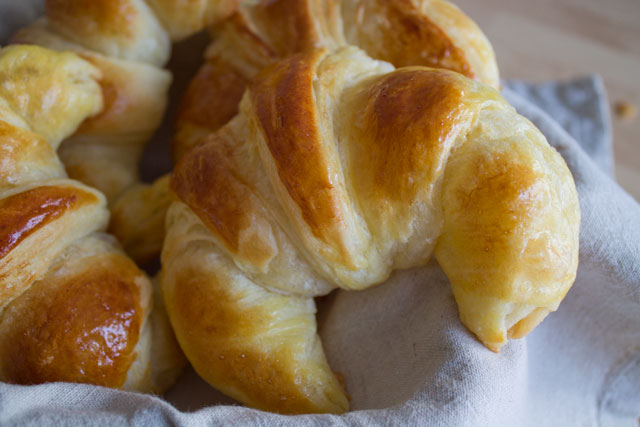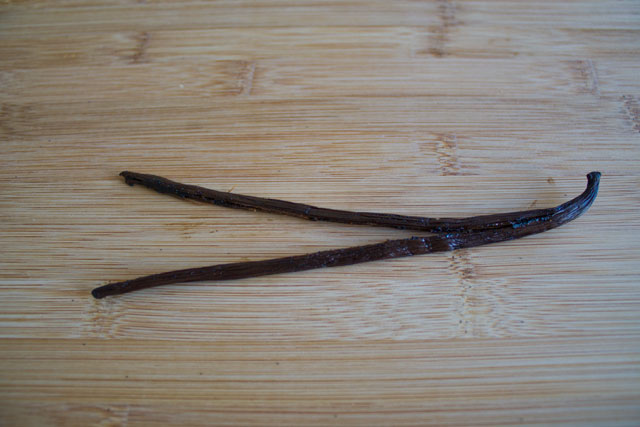Yeast – It’s alive!
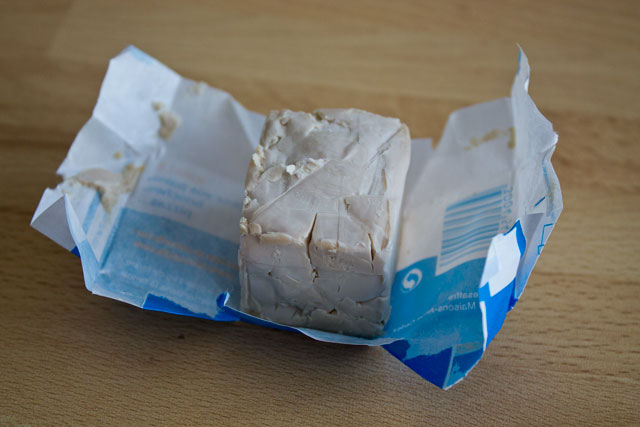
A loaf of bread, a soft brioche, doughnuts or even croissants all have one thing in common: they are made with yeast.
What is yeast and how does it work?
First of all, baker’s yeast is a living organism. It is a one-celled fungus to be precise (aka saccharomyces cerevisiae) and it has been instrumental to baking, brewing and wine-making since ancient times.
Yeast in pastry is used to leaven products, providing rise, texture and flavour.
Yeast feeds on carbohydrates (e.g. sugar and starches) and converts them to carbon dioxide (CO2) and ethanol (alcohol) in a process called “fermentation“. To recap:
Yeast + Carbohydrates = Carbon dioxide + ethanol
Once the gluten network has developed in a dough, it will trap the carbon dioxide released by the yeast, leavening the dough and providing the right rise and texture.
How to use yeast?
First of all, remember three main points about yeast:
- It needs carbohydrates as food
- Moisture activates the yeast cells
- Salt inhibits the growth of yeast
In a recipe, you need to balance well sugar and salt and, most importantly, the yeast should never be in direct contact with them. For this reason, yeast is often dissolved in some water before adding it to the dough. In alternative, you can place the yeast on the flour in the middle of a mixing bowl, then the sugar and salt on opposite sides: this also prevents killing or overfeeding the yeast.
Temperatures as well are very important for yeast:
| 2°C and less | Yeast is inactive |
| 16°C-21°C | Yeast is active but its action is slow |
| 24°C-35°C | Best temperature for yeast activity. You should melt the yeast in water in this temperature range. |
| 55°C-59°C | The yeast dies |
The activity of yeast is immediate and continues in the first minutes of baking too, until the dough reaches the temperature at which the yeast dies.
Types and characteristics of yeast
Yeast is mainly available in three forms:
| Type | Characteristics | Usage | Storage |
| Compressed yeast | Creamy white colour, fresh yeasty smell, moist (i.e. doughy, not dry, crumbly but not too much) | Softened in twice its weight in warm water at around 35° before being added to the dough. | 2-3 weeks shelf-life, refrigerated. May be frozen and stored for 1 month, but it will lose some of its activity when thawed. |
| Active dry yeast | Looks like a powder, it’s basically yeast without moisture. The absence of moisture makes the yeast inactive | Generally rehydrated in lukewarm water before being added to the dough | Can be stored at room temperature for several months. Should be refrigerated after opening. |
| Instant dry yeast | Same as active dry yeast, but it is more convenient to use | Can be added directly to the dry ingredients without rehydrating. The water in the recipe will hydrate it. For firm doughs, instant dry yeast is moistened in 4-5 times its weight of water, to make sure it fully dissolves (deduct this amount of water from the total of the recipe). | Can be stored at room temperature for several months. Should be refrigerated after opening. |

